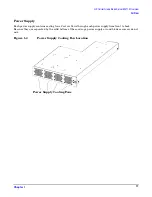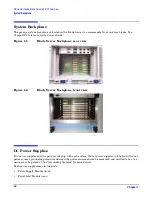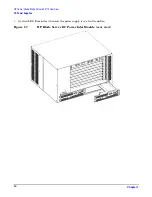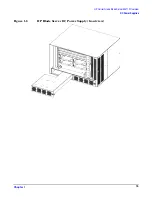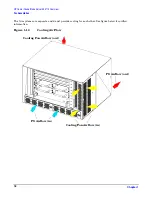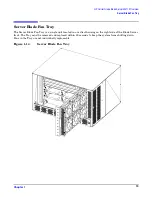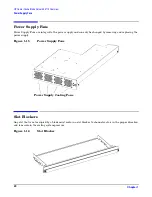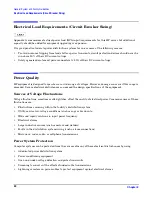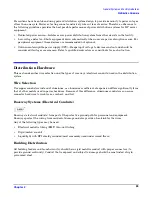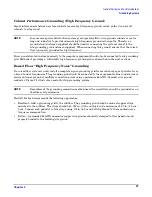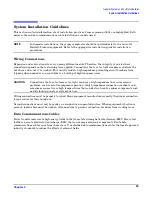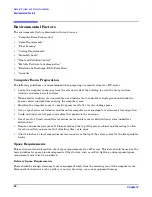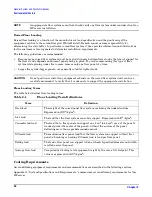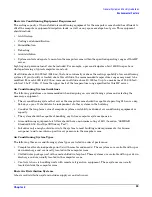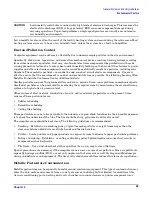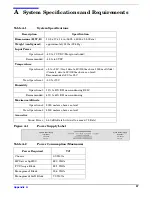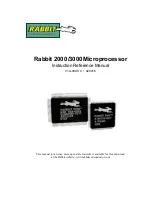
Chapter 2
General System and Facility Guidelines
Distribution Hardware
25
Precautions have been taken during power distribution system design to provide immunity to power outages
of less than one cycle. However, testing cannot conclusively rule out loss of service. Therefore, adherence to
the following guidelines provides the best possible performance of power distribution systems for HP server
equipment:
•
Dedicated power source—Isolates server power distribution system from other circuits in the facility.
•
Low-voltage detector—Shuts equipment down automatically when a severe power disruption occurs. For
peripheral equipment, these devices are recommended but optional.
•
Online uninterruptible power supply (UPS)—Keeps input voltage to devices constant and should be
considered if outages are common. Refer to qualified contractors or consultants for each situation.
Distribution Hardware
This section describes wire selection and the types of raceways (electrical conduits) used in the distribution
system.
Wire Selection
Use copper conductors instead of aluminum, as aluminum's coefficient of expansion differs significantly from
that of other metals used in power hardware. Because of this difference, aluminum conductors can cause
connector hardware to work loose, overheat, and fail.
Raceway Systems (Electrical Conduits)
Raceways (electrical conduits) form part of the protective ground path for personnel and equipment.
Raceways protect the wiring from accidental damage and also provide a heatsink for the wires.
Any of the following types may be used:
•
Electrical metallic tubing (EMT) thin-wall tubing
•
Rigid (metal) conduit
•
Liquidtight with RFI shield grounded (most commonly used under raised floors)
Building Distribution
All building feeders and branch circuitry should be in rigid metallic conduit with proper connectors (to
provide ground continuity) Conduit that is exposed and subject to damage should be constructed of rigid
galvanized steel.

